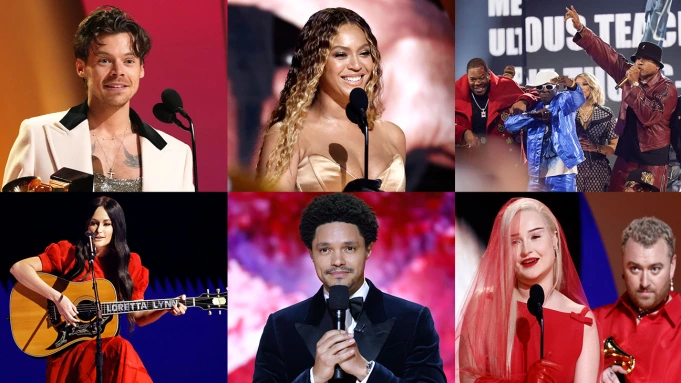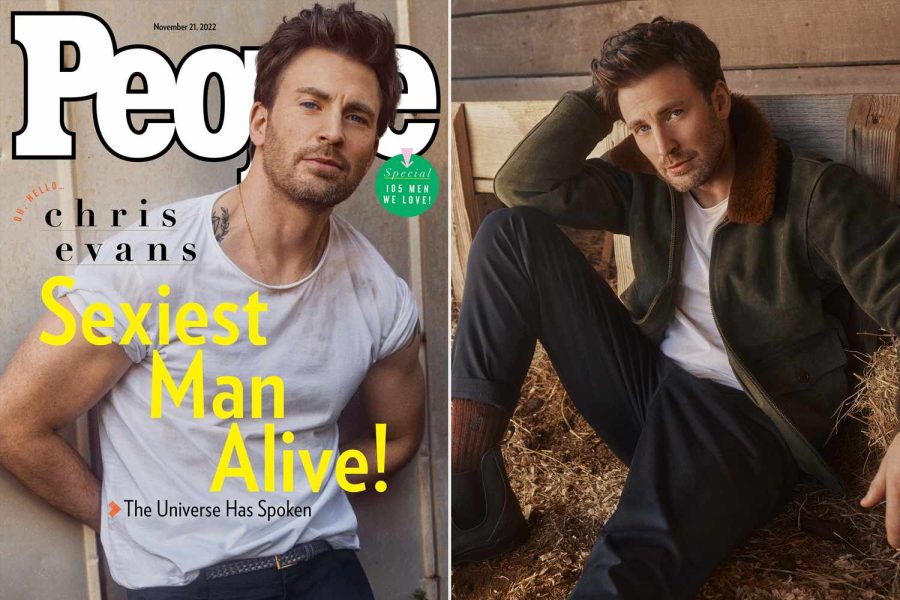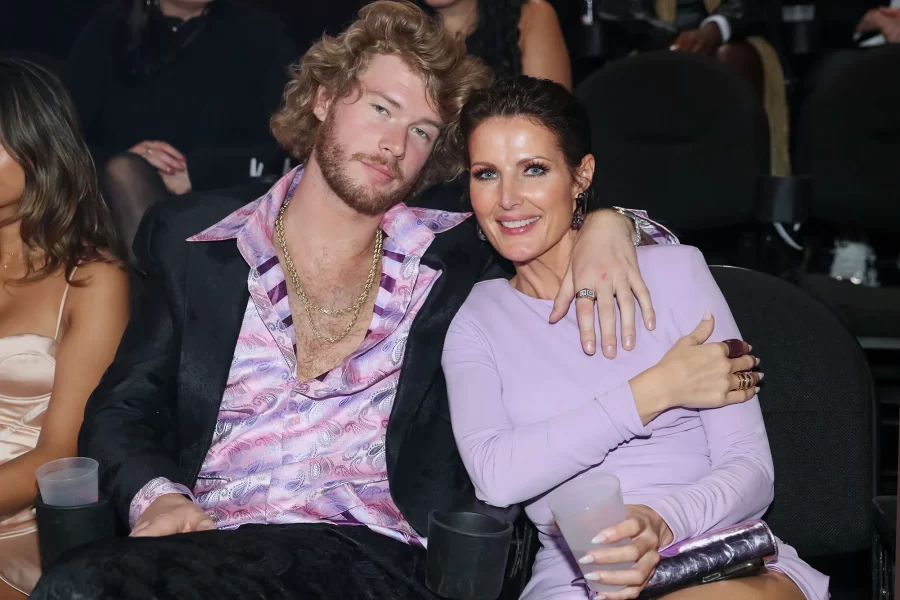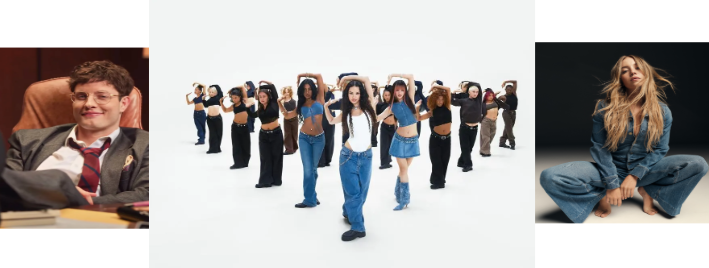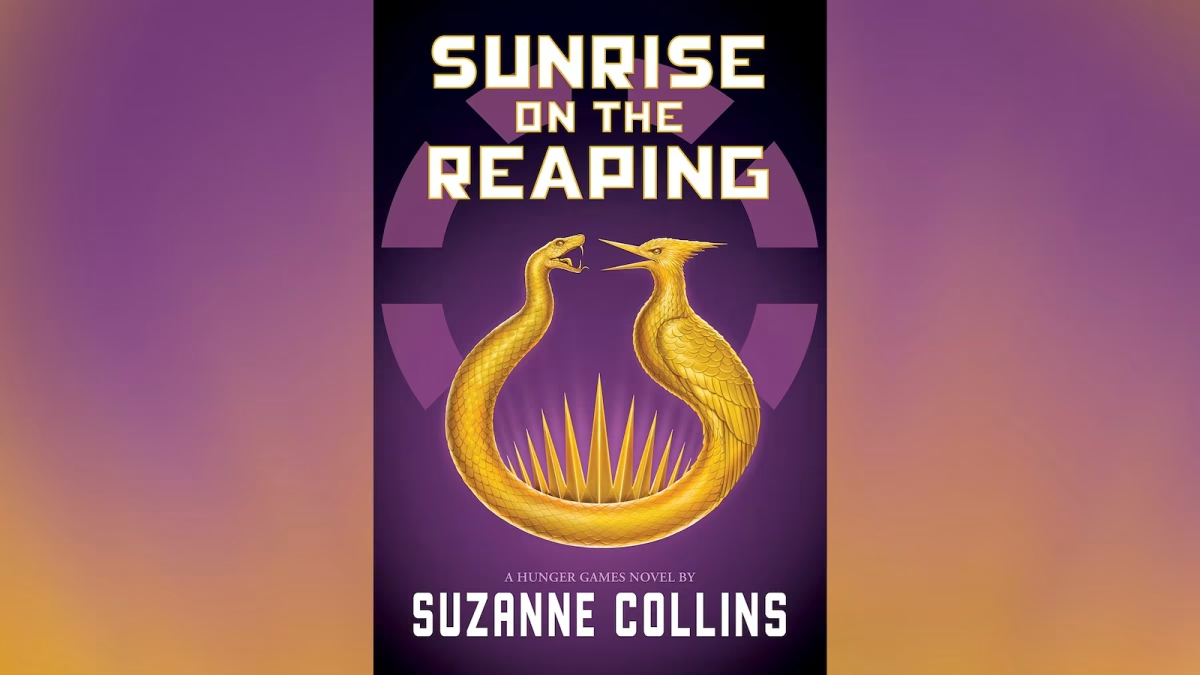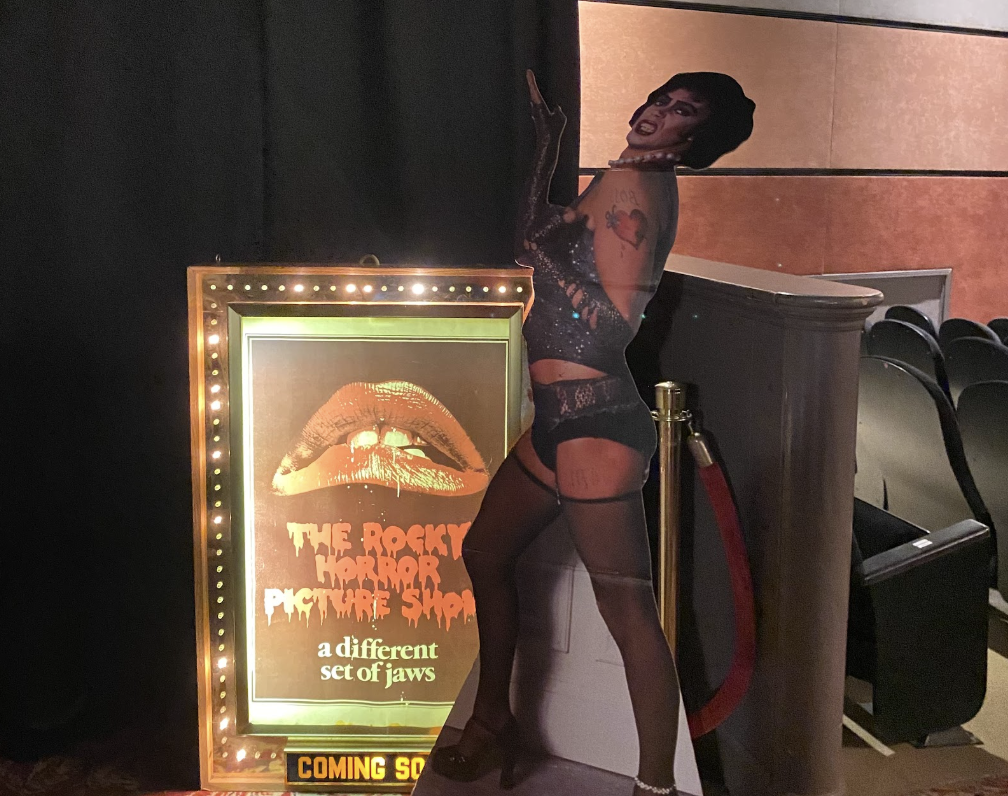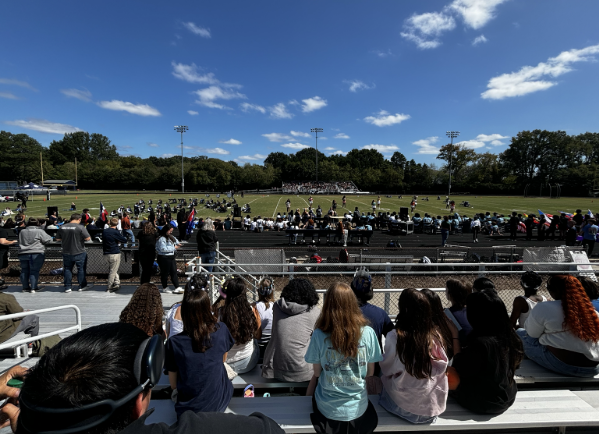Recently, actress Sydney Sweeney has been at the center of a heated debate regarding her appearance in the latest American Eagle campaign. This campaign has sparked conversation about Western beauty standards and the lack of cultural variety in today’s America and media.
If you haven’t seen the ad, it starts off with the camera slowly panning over Sydney Sweeney’s body while she buttons up her jeans. Sweeney then says, “Jeans are passed down from parents to offspring, often determining traits like hair colour, personality, and even eye color. My jeans are blue,” and ends with the statement, “Sydney Sweeney has great jeans,” filling the screen. The ad’s controversy stems from centering Sweeney’s blonde, blue-eyed image as the beauty ideal. Many critics found the pun of “jeans” and “genes” tone-deaf, pointing out that the direct mention of hair color and eye color can be linked to Nazi ideals of the Aryan race. Many were confused about whether the key point of this ad was that American Eagle has good jeans or if Sweeney had good genes. On the other hand, many people think others are overreacting and ultimately giving in to what American Eagle wanted the entire time: publicity.
This campaign has also sparked conversations about the rise of the toxic side of conservatism in media and advertising. Many different mainstream trends, such as the clean girl aesthetic, tradwife vlogs, and old money, have slowly become common goals. But how is this linked to Sydney Sweeney? The public has taken note that most of these trends have solely been admired when a white-presenting woman is the face of them. We can see examples of this in multiple different settings, one of which is a recent TikTok fashion trend. This TikTok trend involves women wearing an Indian scarf or dupatta but labeling it as a “Scandinavian scarf.” When this piece of clothing becomes disconnected from South Asian culture, it suddenly becomes more desirable and trendy to the majority. This pattern of rebranding non-white culture as admirable only when attached to whiteness reflects a deeper issue: superiority within society and major brands.
This isn’t the only reason this ad caused controversy. Many critics have noted that Sweeney’s ad mirrors a prior ad by Brooke Shields. Shields, at just 15 years old, became the face of Calvin Klein jeans with the headline, “You want to know what comes between me and my Calvins? Nothing.” Similarly, it also used the same pun as Sweeney’s ad campaign, playing with the words “jeans” and “genes.” More specifically, it states, “Genes are fundamental in determining the characteristics of an individual and passing on these characteristics to succeeding generations.” Recently, Shields has opened up about how uncomfortable she felt during that ad and how that feeling still lingers within her today. While these advertisements are nearly forty years apart, they have the same male-gaze-focused feeling, and both caused comparable debates.
Over the past couple of months, many brands have been using controversy to boost engagement and online publicity. American Eagle’s campaign is no exception. But does it actually work? According to the New York Times, American Eagle’s stock has risen 74% since the ad. Millbrook Art Teacher, Mrs. Johnston, when asked why she thought the stocks rose, she paused and then responded in one simple word, “Bandwagon.” Bandwagon is the idea of the herd mentality, where people follow blindly after a group of people simply because it is the popular belief, despite any consequences. After the public started voicing their opinions on the stunt, American Eagle stated that the ad “is and always was about the jeans.” The ad was paying homage to how Sydney Sweeney should be seen as a Western beauty standard. There has been much debate about whether American Eagle meant to exclude certain cultures and refer back to the stereotypical beauty of a blonde with blue eyes, or if it was merely coincidental. Either way, I do think it is important to remember that these teams are very strategic in what they do and therefore knew, or at least had an inkling, of what they were doing when releasing this ad. I have seen many different ideas of how they could have made this ad less offensive, like using many different types of people saying “I have good jeans,” or showing Sweeney doing different activities to show the durability, or even just talking about the jeans themselves. American Eagle’s goal with this ad was likely to appeal to a more conservative audience while also trying to get the attention of the other side.
So, is all press good press? In American Eagle’s case, it raised their profits, but it also exposed the brand’s eagerness to profit from controversy and cause division among communities.





